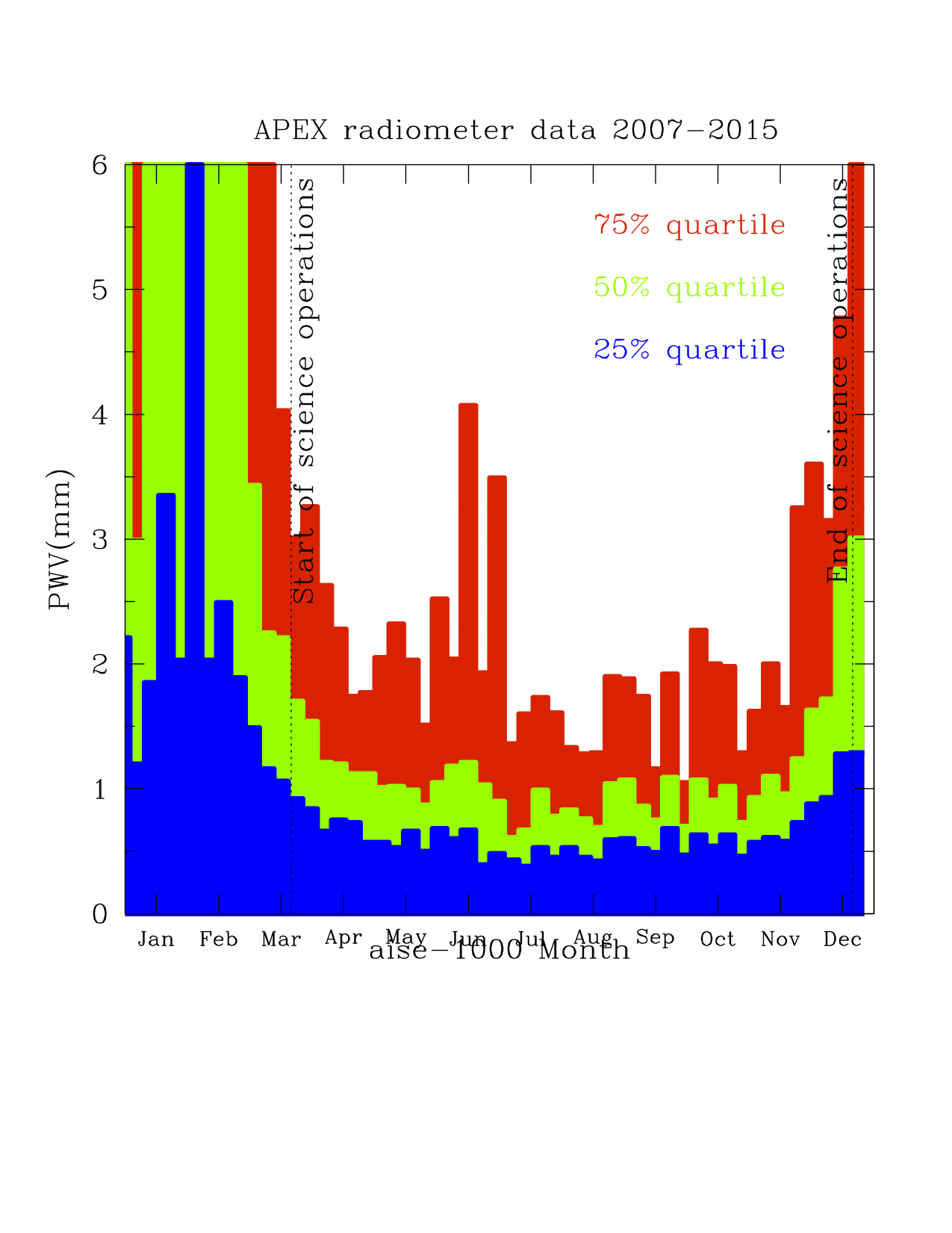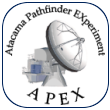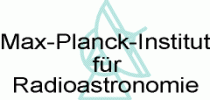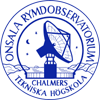Observing with APEX
Introduction
APEX is a 12 meter radio telescope built by an international collaboration involving the Max-Planck-Institut für Radioastronomie (MPIfR), Onsala Space Observatory (OSO), and ESO; operations are entrusted to ESO. The observing time is shared as follows: Max Planck Institutes and German universities receive 49.5%, ESO receives 28.8%, OSO receives 11.7% and Chile 10%.
The Annual variation of the Precipitable Water Vapour (PWV) at the APEX site is shown in the figure below.

|

|
"Figure 1. Left: Annual variation of the Precipitable Water Vapour (PWV) content at Chajnantor, based on historical observations with the APEX radiometer recorded in the last 9 years. Blue, green and red histograms indicate the 25, 50 and 75 percentile levels, respectively. The yearly APEX science operations period from 20 March till 20 December is scheduled to avoid the worse conditions during Altiplanic winter; Right: Historical cumulative plot showing the fraction of days with PWV contents below a certain value. Only observations collected during the science operations periods are considered in this plot."
Applying for observing time
APEX instrumentation
Please check the call for proposals from your partner institution (MPIfR, ESO, Onsala, Conicyt) to see the instruments available to you. The link above gives a summary of important system parameters for all receivers and backends available at APEX.
APEX Science schedule
APEX observing science schedule.Observing time estimation
Each proposal must be accompanied by an accurate estimate of the necessary observing time needed to complete the project, based on the required sensitivity and the receiver characteristics.
The atmospheric transmission at APEX as function of observing frequency and precipitable water vapor can be calculated in the following link .
There are observing time calculators for LABOCA, SABOCA, SHeFI receivers (ON-OFF) and SHeFI receivers (On The Fly).Proposal submission
ESO
ESO proposal deadlines are set up twice a year, in March and September, for the observing periods 1 October - 31 March and 1 April to 30 September, respectively. Please consult the ESO Proposal Preparation and Submission web page for details.
APEX contact: Carlos de Breuck, email: cdebreuc(at)eso.orgSweden (Onsala Space Observatory, OSO)
Calls for proposals for swedish time at APEX are announced at OSO's Proposal Guidelines for details.
APEX contact: Per Bergman, email: per.bergman(at)chalmers.seMPIfR
Check information about call for proposals from Max Planck Society here.
APEX contact: Rolf Güsten, email: rguesten(at)mpifr-bonn.mpg.deChile
Chilean APEX proposal deadlines are set up twice a year, in March and September. Please consult the Conicyt webpage for details.
APEX contact: Diah Gunawan, email: diah.gunawan(at)uv.cl
Performing observations with APEX
Observations at APEX are normally done in service mode. For questions, please contact the APEX Head of Science Operations, Francisco Montenegro, email: fmontene(at)eso.org
Once you proposal is accepted, you need to prepare the observations. This basically means you need to inform the APEX staff about everything which is important for carrying out your observations, including source coordinates, receiver setup, possible pointing sources, observing procedures, etc.
-
Preparing an observing run
This page explains what information you have to submit, and provides links to a project submission web form as well as a pointing source search interface.
Reducing APEX data
The APEX raw data are in the so-called MB-FITS data format. For line observations, these raw data are calibrated on-line by the OnlineCalibrator program, which writes the calibrated spectra (TA* scale) into a CLASS-format data file. The data can be further reduced and analyzed using for example CLASS and GRAPHIC or MAPPING program of the GILDAS software package.
Related Links:
- Multi-Beam FITS Raw Data Format - Interface Control Document (pdf)
- APEX Calibration and Data Reduction Manual - by E. Polehampton and H. Hafok (pdf)
APEX End of mission report
Please take some minutes to evaluate your observing mission at APEX using this form. Thanks!




